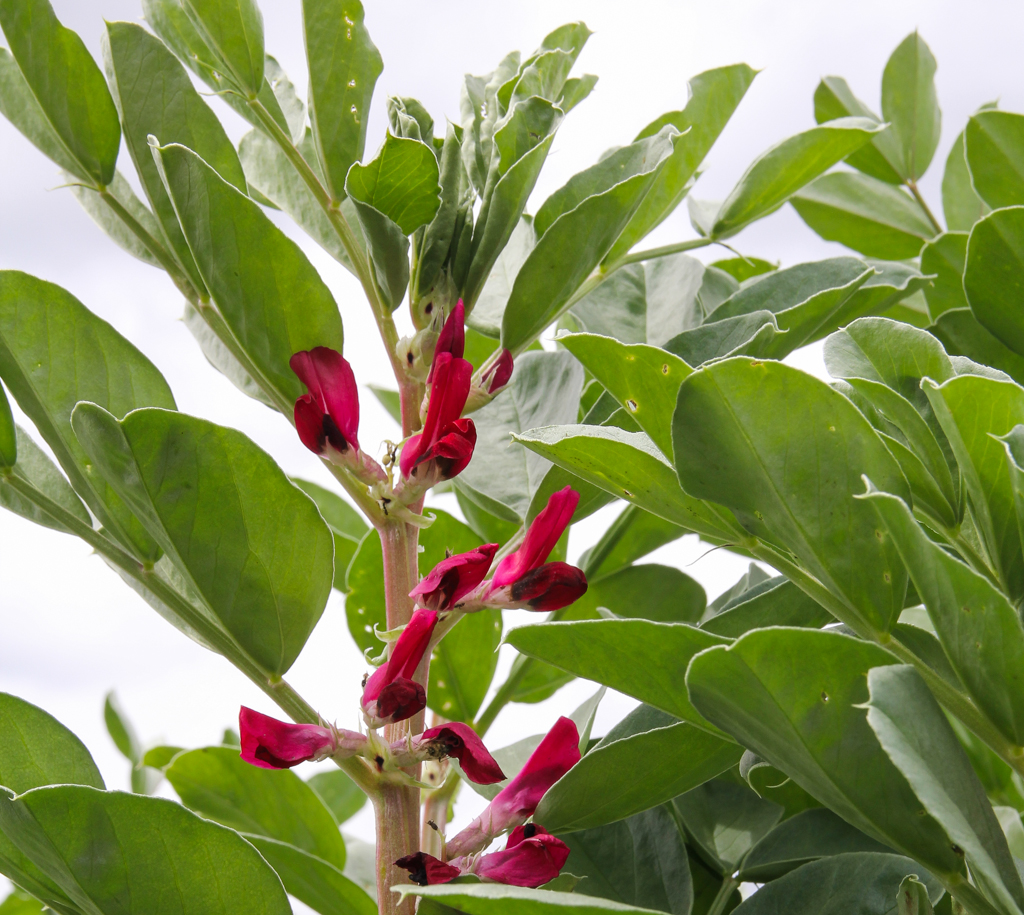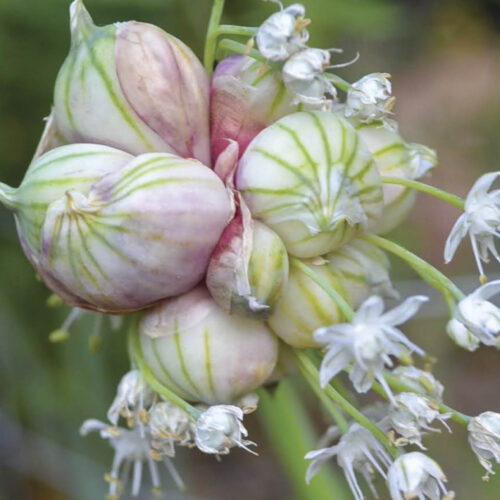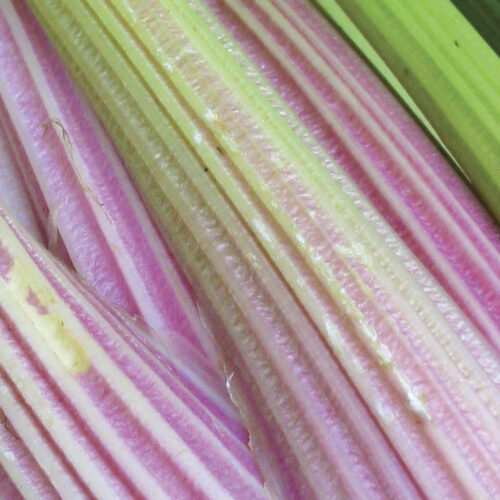Sowing winter beans
2013-05-30T05:40:50+10:00
Broad beans are among the easiest vegies to grow during winter. Learn how to propagate the plants from seed.
If there’s an easier plant to start from seed in cool soil than the humble broad bean, I have yet to grow it. In fact, there’s hardly an easier plant to start from seed, full stop. Broadies are remarkably tolerant of winter planting, and actually do much better now, than they do when started early and grown through autumn.
If you’ve never seen grown broadies before, the seed is slightly bigger than a large climbing bean seed, reasonably flat, and chracteristic of beans has a dark stripe (known as the radicle) on the end that was attached to the pod. Broadie seed is very easy to handle, and sowing is child’s play. Simply push the seed into the soil to a depth of about two centimetres. Space the plants around 20 to 30 centimetres apart.
That’s the easy bit. The slightly more difficult part of broad bean planting comes before, when you’re preparing the soil. Don’t give in to the temptation to add lashings of nitrogen-based fertiliser. Broad beans are legumes, and are able to source most of the nitrogen from the atmosphere using special nodules on their roots.
Adding too much extra makes them overly tall and sappy, and with broad beans, lush growth is a problem. It makes them prone to blowing over in a stiff breeze, makes the plants prone to fungal disease and creates a lovely nutrient rich feed for sap sucking aphids. You’re much better off growing the plants a bit meanly, adding only low nutrient compost if absolutely necessary. If they struggle, a boost with quick acting fish emulsion will kick them along.
Sown in the next week or two, broadies will be ready to harvest in about 60 days. And the really good news is that the plants do well anywhere from a line roughly between Brisbane to Geraldton and districts further south. So what are you waiting for! It’s time to get sowing!






